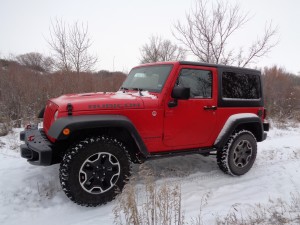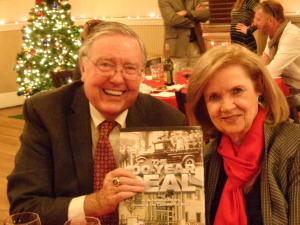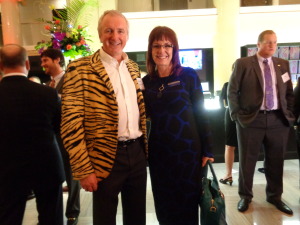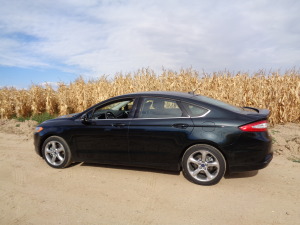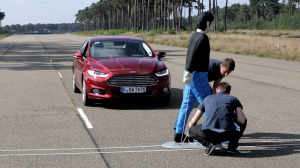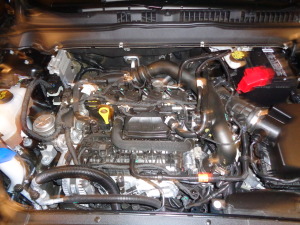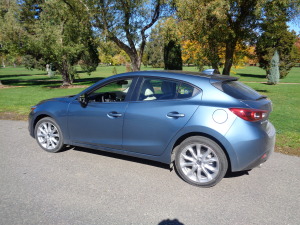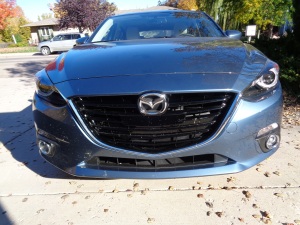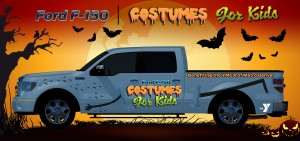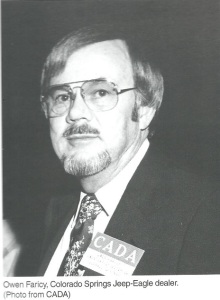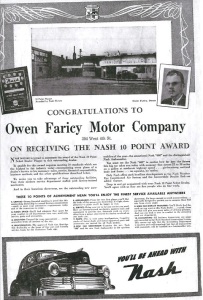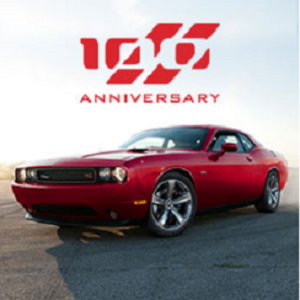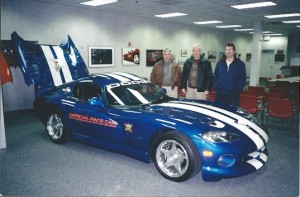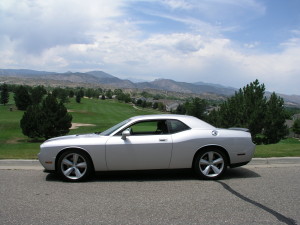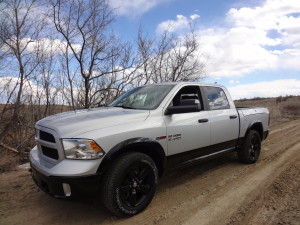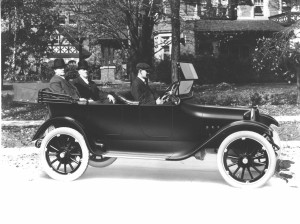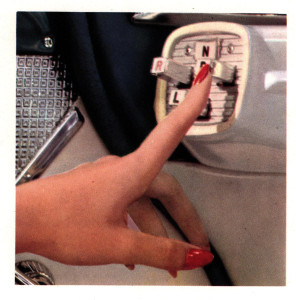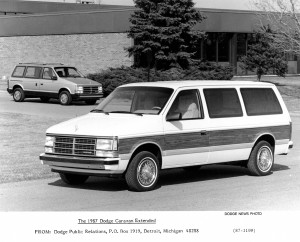I was crawling over a snow-covered trail in a 2015 Jeep Wrangler Rubicon Hard Rock the same day the final 2014 U.S. car/truck sales results were announced from Detroit.
Jeep showed the largest sales jump among all makes in the country – from 490,454 units the previous year to 692,348, a 41 percent increase. The Wrangler, Cherokee and Grand Cherokee accounted for almost 80 percent of the Jeep total.
Ram, Mitsubishi, Subaru and Audi followed with 28, 25, 21 and 15 percent, respectively, behind Jeep’s 41 percent gain.
The Ford F-series, with 753,851 sales, was the best-selling vehicle in the U.S. for the 32nd consecutive year and the top-selling pickup for the 43rd straight year. Other category leaders were the Toyota Camry among cars with 428,606 sales, the Honda CR-V among SUVs with 335,019 and the Chrysler Town & Country among vans with 138,040 sales.
Ford said if all the F-series trucks sold last year were parked bumper-to-bumper, they would stretch from Los Angeles to New York City, with 50 miles to spare.
The weather was ideal (for a Jeep, anyway) the week I spent with the Wrangler; below-freezing cold and lots of snow. I engaged low range to access one steep, snow-covered hill and again in the descent of that hill. The two-door Wrangler’s wheelbase (only 95.4 inches), short overhangs and tight turn radius lend opportunity to successfully tackle most any type terrain. Jeep is protective of Wrangler’s stiff frame/body and offroad ways, even as those 4wd qualities and stiff suspension are detriments to a better ride in town and on the highway.
The Rubicon is equipped with red tow hooks in front and back, as well as removable end wings on the front bumper for increased access in rugged territory and BF Goodrich Mud-Terrain LT 255/75R17 tires.
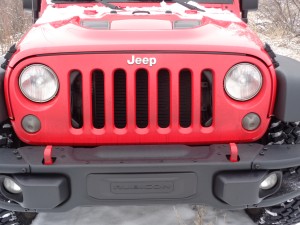
Moving the Wrangler about is a 3.6-liter V-6 engine (285 horsepower and 260 lb.-ft. of torque) with 6-speed manual transmission. It’s not overly powerful, yet easily outperforms Jeep’s former 3.8-liter V-6 in acceleration and torque. The Wrangler carries an EPA fuel mileage estimate of 17/21; I averaged 16.9 miles per gallon.
Interior highlights with the Hard Rock package are an Alpine nine-speaker audio system with all-weather subwoofer and UConnect voice command with Bluetooth, along with heated leather front seats with embroidered logos, black leather-wrapped steering wheel and quick silver HVAC accents.
I remember back in 1994 driving a new Wrangler with one of those tall manual floor shifters, priced at less than $15,000.
Sticker on the ’15 Rubicon Hard Rock edition was $39,255, including heavy-duty front and rear axles, skid plates for transfer case and fuel tank, all-weather slush mats, power windows/locks/mirrors, rear window wiper/washer/defroster.
Base price for a 2015 Wrangler 4×4 is $21,695, with a soft top.
Following are sales leaders of new cars, SUVs, trucks and vans in the U.S. in 2014:
CARS
- Toyota Camry 428,606
- Honda Accord 388,374
- Toyota Corolla/Matrix 339,498
- Nissan Altima 335,644
- Honda Civic 325,981
- Ford Fusion 306,860
- Chevrolet Cruze 273,060
- Hyundai Elantra 222,023
- Ford Focus 219,634
- Hyundai Sonata 216,936
- Toyota Prius 208,372
- Chevrolet Malibu 188,519
- Nissan Sentra 183,268
- Volkswagen Jetta 160,873
- Kia Optima 159,020
- Kia Soul 145,316
- BMW 3/4 series 142,232
- Chevrolet Impala 140,280
- Nissan Versa 139,781
- Subaru Outback 138,790
- Chrysler 200 117,363
- Mazda3 104,985
SUVs
- Honda CR-V 335,019
- Ford Escape 306,212
- Toyota RAV4 267,698
- Chevrolet Equinox 242,242
- Ford Explorer 209,994
- Nissan Rogue 199,199
- Jeep Grand Cherokee 183,768
- Jeep Cherokee 178,508
- Jeep Wrangler 175,328
- Subaru Forester 159,593
- Toyota Highlander 146,127
- Ford Edge 108,864
- Honda Pilot 108,857
- Hyundai Santa Fe 107,906
- Lexus RX 107,490
- GMC Terrain 105,016
- Chevrolet Traverse 103,943
- Kia Sorento 102,520
TRUCKS
- Ford F-series 753,851
- Chevrolet Silverado 529,755
- Ram 439,789
- GMC Sierra 211,833
- Toyota Tacoma 155,041
- Toyota Tundra 118,493
- Nissan Frontier 74,323
- Honda Ridgeline 13,389
- Nissan Titan 12,527
VANS
- Chrysler Town & Country 138,040
- Dodge Grand Caravan 134,152
- Toyota Sienna 124,502
- Honda Odyssey 122,738
- Ford E-series 88,896
- Chevrolet Express 79,352
- Ford Transit Connect 43,210
- Nissan NV 28,275
- GMC Savana 26,641
- Mercedes Sprinter 25,745
- Ram ProMaster 18,039
- Kia Sedona 14,567
- Mazda5 11,613
- Nissan Quest 9,833
